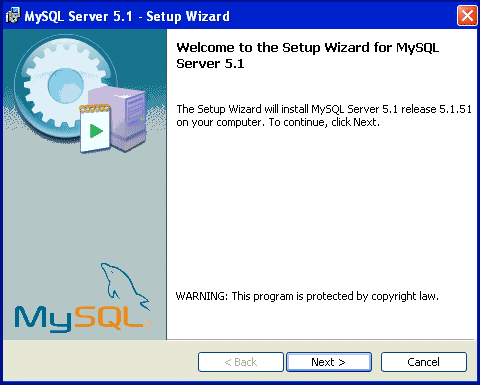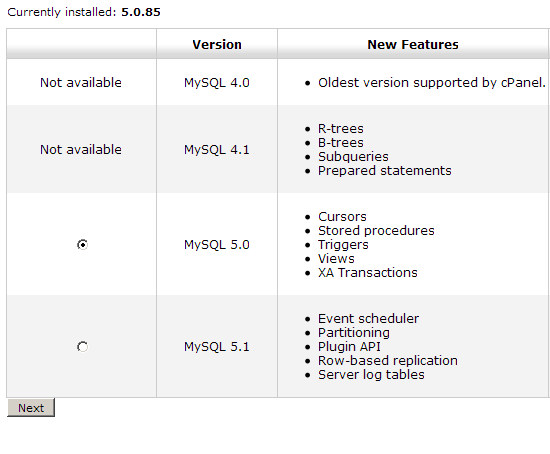


We have more than 300 known and verified less critical bugs that are not going to be addressed soon.We still have more than 180 serious bugs (P2) in 5.1.We still have 20 known and tagged crashing and wrong result bugs in 5.1 35 more if we add the known crashing bugs from 5.0 that are likely to also be present in 5.1.To prove my points, here is some metrics and critical bugs for 5.1: The reason I am asking you to be very cautious about MySQL 5.1 is that there are still many known and unknown fatal bugs in the new features that are still not addressed. If you are a new user trying out MySQL for the first time, you should use MySQL 5.1 At least it's better than the MySQL 5.0 community version which has not been updated for some time.Test any usage of these features extensively for in close-to-live scenarios before putting them onto a production server. If you plan to use any of the new features of MySQL 5.1, regard these as if they would be of beta quality.Even if we have fixed a big majority of the bugs from 5.0 some really critical ones still haven't been addressed. Don't expect that all critical bugs that you may have encountered in 5.0 to be fixed in 5.1.It may even be the best to wait for a couple of minor/patch releases before putting the MySQL 5.1 server into production. You should however not put it into production without testing it fully, preferably by running it on a couple of slaves for some weeks. If you are using MySQL 5.1 just as a 'better' version of MySQL 5.0 and you don't plan to use any of the new features in MySQL 5.1 then you are probably fine to try out MySQL 5.1.What should you then expect from MySQL 5.1? In summary, if you need to list the users in a MySQL database, I hope this has been helpful.In this blog I will try to describe my opinions about this release and also try to set the expectations right for anyone trying out MySQL 5.1 GA.
MYSQL 5.1 NEW USER PASSWORD
So for most cases where you want to show MySQL user accounts you'll probably want to limit your MySQL users' query to a few important columns, something like this: select host, user, password from er | max_user_connections | int(11) unsigned | NO | | 0 | | | max_connections | int(11) unsigned | NO | | 0 | | | max_updates | int(11) unsigned | NO | | 0 | | | max_questions | int(11) unsigned | NO | | 0 | | | Alter_routine_priv | enum('N','Y') | NO | | N | | | Create_routine_priv | enum('N','Y') | NO | | N | | | Create_tmp_table_priv | enum('N','Y') | NO | | N | | | References_priv | enum('N','Y') | NO | | N | | | Field | Type | Null | Key | Default | Extra | On my current server this shows the following 37 columns of MySQL user information, as shown here: You can get a listing of the fields in the er table by running this MySQL query:
MYSQL 5.1 NEW USER HOW TO
How to reduce the amount of ‘user’ information shown The next section provides more details and information about this second query. Mysql> select host, user, password from er This makes for a lot of output, so as a practical matter you may want to trim down some of the fields to display, something like this: However, note that this query shows all of the columns from the er table.

To show the users in a MySQL database, first log into your MySQL server as an administrative user using the mysql command line client, then run this MySQL query: MySQL FAQ: How do I show/list MySQL users, i.e., the user accounts in a MySQL or MariaDB database? Solution


 0 kommentar(er)
0 kommentar(er)
